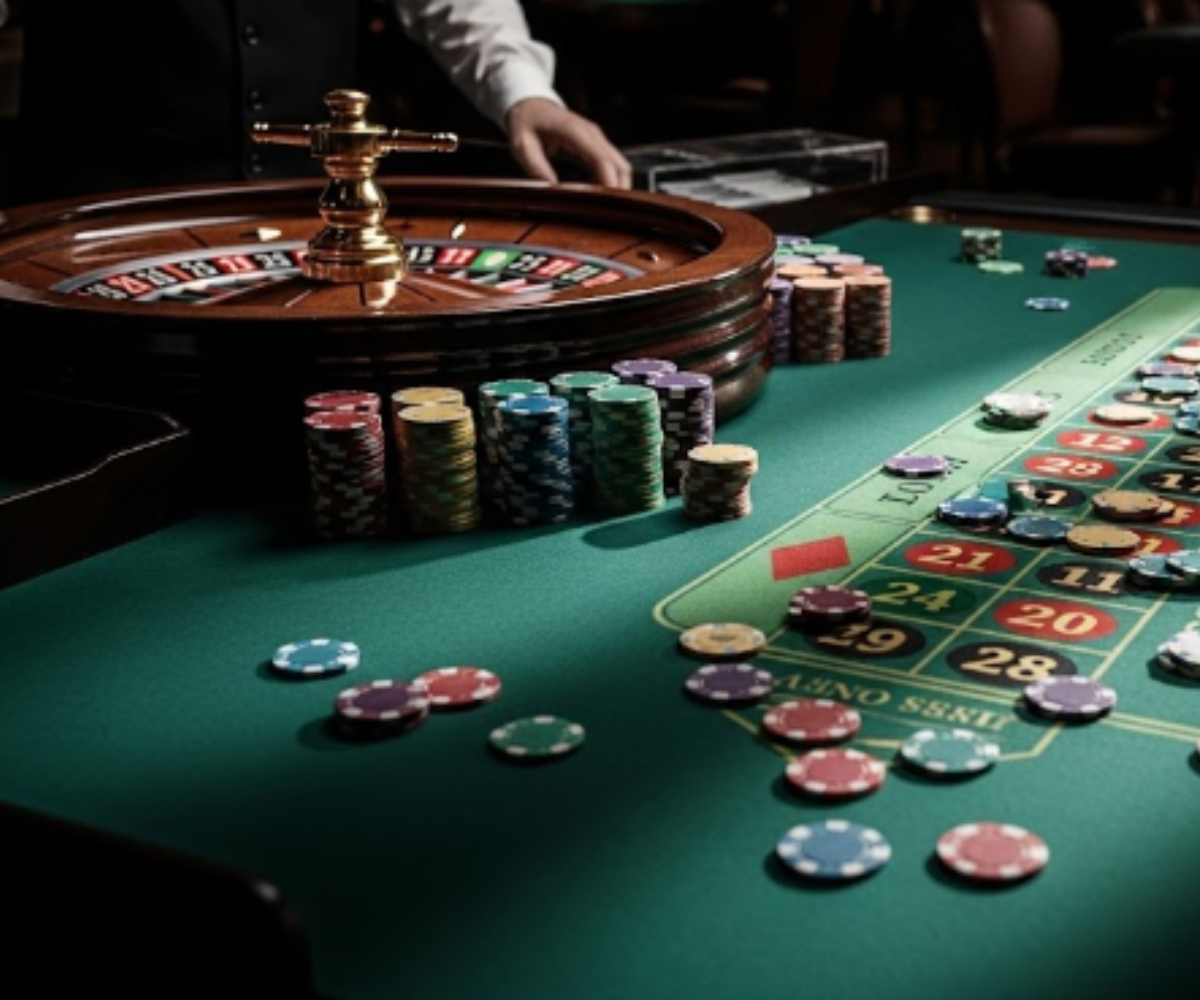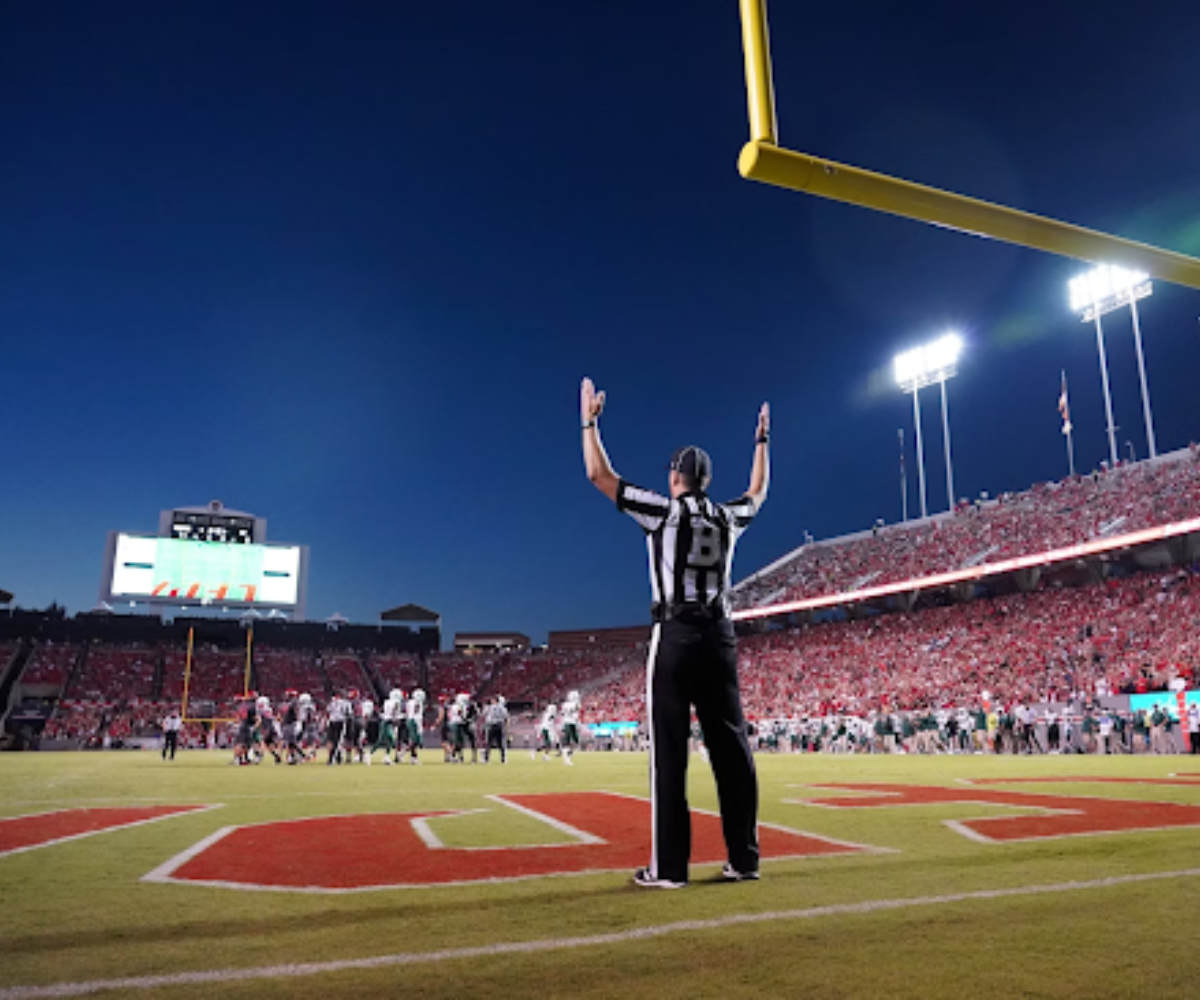According to a new report from the American Gaming Association, bettors are expected to bet over 8 billion on the Super Bowl this year.
In reality, this number is an underestimate, because tons of people in non-legalized gambling states will bet via offshore sites. And of course, people will bet amongst friends, family, and coworkers.
This is a good thing – bets have always been placed on sports in this country, but now it’s happening in a more regulated way from which states can benefit from the revenue. There’s a reason that a new state seems to legalize gambling every week – it just makes sense.
But it does create a situation in which inexperienced bettors might get into trouble if they don’t know what they’re doing. The Super Bowl is probably the biggest opportunity for this to happen, so here is a quick guide about the basics of gambling if you’re an inexperienced bettor looking to have a little fun this Sunday.\
How to read gambling lines:
The Plus and Minus Signs on the Spread:
There are two different ways in which you’ll see plus/minus signs, and they differ
enough to cause a little confusion. When you’re looking at a “spread” pick, which is the basic gambling spread on a game, a minus sign will mean that that team is favored by a certain number of points. On Sunday, the “spread” is that the Rams are favorited by 4 points. Therefore, the line is listed as “Rams -4,” which means that the Rams must win by more than 4 to cover the bet. The Bengals, who are “+4” can win the bet for you if they either win the game OR lose by 1, 2, or 3 points. If the Rams win by exactly 4, the bet is called a “push,” which means that the bettor get the money back that they bet, but they don’t win anything.
It’s weird to see a minus sign next to a favorite, but here’s why Vegas does it this way. They are saying, “We think these teams would be completely even if the Rams had 4 points subtracted from their score,” so that’s why it’s listed as “Rams -4.”
The Plus and Minus Signs Elsewhere:
But there’s another time to see a plus/minus sign. This is where you’ll see that the outright odds to win the game are “Rams -200” or “Bengals +166.” Also, you’ll see that Matt Stafford is +125 to win the MVP and Joe Burrow is +230. (These examples are all from FanDuel.) In these kinds of cases, the plus and minus signs don’t have anything to do with a spread – they have to do with the odds and the payout that you’ll get based on your bet.
For all of these bets, always revert back to $100 when figuring out the odds, even if you’re not actually betting anything close to $100. Always. In the Super Bowl 56 pick to just win the game (referred to as a “moneyline” pick), the Rams are -200. This means that, for every $200 you bet on the Rams, you win $100. You would get your $200 back that you gambled in the first place, and then you’ll win $100 more.
If you bet Bengals +166, it works in the opposite way – but you should always revert back to $100. A $100 bet on the Bengals would net you $166. You’d get back your $100 bet and then win $166 on top.
You’ll notice that there is something tricky about this. For a minus sign, the number represents a certain amount you have to bet to win $100. For a plus sign, the number represents the amount you win if you bet $100. It works the opposite way, but just know that you’re always working back to $100 somehow.
These Numbers can be Misleading Nowadays – Know How to Spot It:
As I said before, I’m thrilled about how sports gambling is legalized. But there’s one thing that has bothered me, and it involves the numbers I’ve mentioned before.
In Las Vegas :, they have always said that, for instance, a +500 bet will win you $500 on a $100 bet. Simple enough. (This could also be referred to as “5 to 1 odds.”) But on commercials recently, I’ve seen a lot of gambling companies showing (for instance) a “+500 prop bet” and then they say below that “A $10 bet wins you $60.” I can get why they’re doing this and why it seems intuitive. But it’s different than how Vegas sportsbooks have always listed thing. The traditional terminology, which I use, is that you win the $50 in this case, but because you’re also getting back the $10 you bet, you collect $60 when you cash in a winning ticket or when your account refreshes.
Do not make the mistake of confusing these. I prefer to say that you “win” $50 in this case because that’s actually how much more money you have in your pocket than before you made the bet in the first place. It’s the net difference. If I start saying that I won $60 in an example like this, I’m giving myself credit for winning $10 that I would have had anyway had I not made the bet. That’s not really winning money – that’s just getting back the money that you bet. I worry that gambling beginners might make this mistake and lose sight of the money that they’re gambling.
So, How does Las Vegas Make Money?
Great question. This is important for people to know so that they can keep track of their finances and know the risks they’re taking. To explain this, we actually have to combine the two different “plus/minus sign” rules that I demonstrated before. Let’s take the spread pick again.
The Rams are listed as -4, but you’ll notice that there is another number below with a minus sign, which is “-110.” This is exactly the type of odds number that I demonstrated in the “Rams -200” moneyline pick that I referenced earlier. What this means is that you need to bet $110 to win $100 (which means you win $100 but collect $210 after getting back your original $110) on the Rams.
“But wait, there’s also a “-110” sign next to the ‘Bengals +4’ bet…?” Exactly. This is why they keep building casinos in the middle of the desert, and this is why a new state legalizes gambling every 5 minutes. For both sides of this supposedly even line, you have to bet almost 10% more than you would win. Vegas lists the spread pick in a way that they hope to get even among of bets by the gambling public on both sides, and then they can take the ~10% in the middle. This extra ~10% is called the “Vig” by sportsbooks, and it’s the reason they exist and thrive.
This is why it’s fun to gamble, but so hard to make a living at it. This is why you can get into so much trouble with gambling, and why inexperienced bettors can really hurt themselves. You don’t need to win just 50.1% of your spread bets to be profitable. You actually need to win over 55%, which is much harder than you think. I remember hearing on some podcast or radio show years ago that a 53% win rate leads to poverty, while a 57% win rate leads to mansions, or something like that. But in the age of sportsbooks all owning supercomputers that can place a gambling line in the smartest possible place to get an even amount of money bet on both sides of the bet, there’s a lightyear of difference between 53% and 57%.
Just remember this: Unless you’re going to spend the time, money, and resources to literally make gambling your full-time job and take one of the biggest risks of your life in doing so, then gambling is for fun. It’s another vice in our society that, with moderation and responsibility, can be a great time. But in the same way that alcohol or marijuana has to be regulated and used responsibly by adults who know what they’re doing, gambling is the same. Know what you’re doing. I hope these basics help.
If you or anyone you know is having a problem gambling responsibly, please contact:
NATIONAL PROBLEM GAMBLING HELPLINE
1-800-522-4700







%20(1200%20%C3%97%20232%20px)%20(9).png)





.png)





